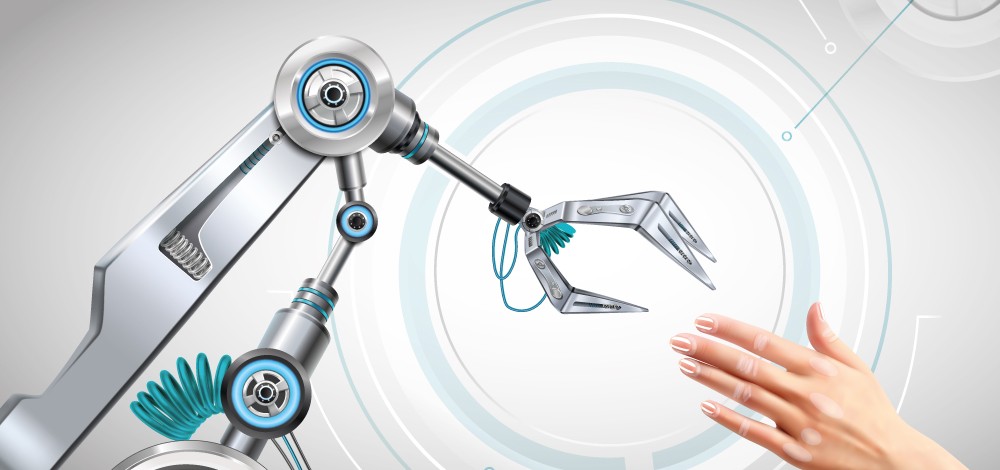Lead project NeurOSmart
The NeurOSmart project aims to set a new standard for intelligent hybrid computing architectures in autonomous machines and transportation systems. For this purpose, a high-performance sensor system, AI-supported preprocessing and a novel high-performance, analog-neuromorphic, ultra-low-power in-memory accelerator chip are combined.
The prospect is an increase in energy efficiency of data processing by at least two orders of magnitude. This will enable the development of novel autonomous systems with previously unattainable intelligence and energy efficiency.
The NeurOSmart approach here focuses on the direct integration of data processing intelligence into the sensor system. This reduces a significant portion of the computational load on the part of the HPC system in an environmentally and resource-friendly manner, so that the computational hardware in the sensor system can be adapted to its requirements directly during sensor development in the codesign.
As a pioneer of integration in a competitive sensor system, NeurOSmart uses an open scanning LiDAR system developed by Fraunhofer as a basis to provide direct access to the incoming data streams. In addition, a highly scalable, analog-neuromorph HPC chip is coupled with a sophisticated, AI-powered pre-processing pipeline to interpret the data directly at the sensor.
In total, NeurOSmart combines the technical expertise of five Fraunhofer institutes, of which Fraunhofer ISIT is coordinating through Prof. Dr. Holger Kapels. For the participating Fraunhofer institutes, NeurOSmart opens up new, exciting opportunities to combine their respective technologies and thus to map the value chain of such a system from conceptual design to manufacturing and evaluation in an application-oriented environment.

 Fraunhofer Institute for Silicon Technology
Fraunhofer Institute for Silicon Technology

